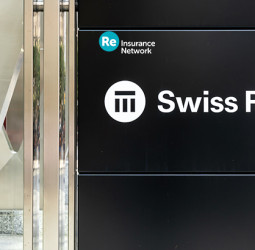After visiting Bermuda to meet with reinsurance executives, analysts from BMO Capital Markets reported that 2025 property catastrophe reinsurance rates are expected to decline by 5% to 10%, while retrocession renewal pricing could drop by as much as 10% to 20%.
This insight primarily reflects the views of traditional reinsurance firms operating in Bermuda, many of which also leverage third-party capital strategies or access insurance-linked securities (ILS) markets.
Despite recent hurricane activity, reinsurance sector capital remains robust, bolstered by retained earnings. This suggests sector capital may grow, even without substantial new capital entering the market this year.
Although moderate rate softening is anticipated for January 1, 2025, renewals—and potentially throughout next year—some industry participants still view 2025 as potentially the third most attractive year ever for reinsurers, albeit with narrowing profit margins, according to BMO analysts.
Renewal discussions appear to be slightly delayed compared to last year, with few firm orders reported in the market so far. However, the industry expects momentum to pick up within the next one to two weeks.
While reports of significant new capital entering the market are limited this year, BMO analysts highlighted that in 2024, the industry generated $80-90 billion in new capital, with retained earnings accounting for approximately $70 billion of that.
On the positive side, terms and conditions remain stable, and aggregate coverage availability has improved compared to previous years. Brokers are reportedly pushing reinsurers to use increased capacity at higher layers to boost supply at lower layers closer to potential loss levels.
Regarding pricing, property catastrophe reinsurance rates are projected to decline by 5% to 10% year-on-year, though the market is still evolving. Retrocession rates, however, are expected to decrease more significantly, by 10% to 20%, with minimal impact from recent storms like Milton and Helene.
On the demand side, the adoption of new catastrophe model versions by insurers is expected to drive demand for greater reinsurance limits. While not all insurers have adopted these models, their increased risk assessments, such as wildfire vulnerability in states outside California and heightened risk in the Northeast, are anticipated to contribute to this demand.
Overall, the forecast for property catastrophe rates aligns with other industry predictions, while the outlook for retrocession renewals points to a more buyer-friendly market in 2025.
















Recent Comment
Thank You
Nice Article Brother
Nice blog